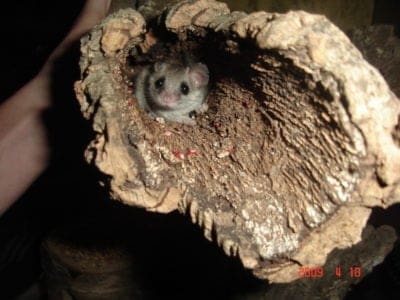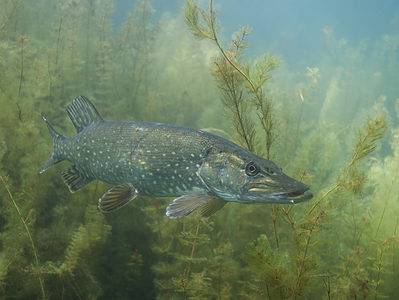Below you can find an extensive list of Cypriot animals. We currently track 200 animals in Cyprus and are adding more every day!
Cyprus is located in the Mediterranean Sea, south of Turkey, north of Israel and Egypt, and east of Greece. It is the third-largest island there, after Sicily and Sardinia. Both its people and its native wildlife populations are diverse and unique.
The Official National Animal
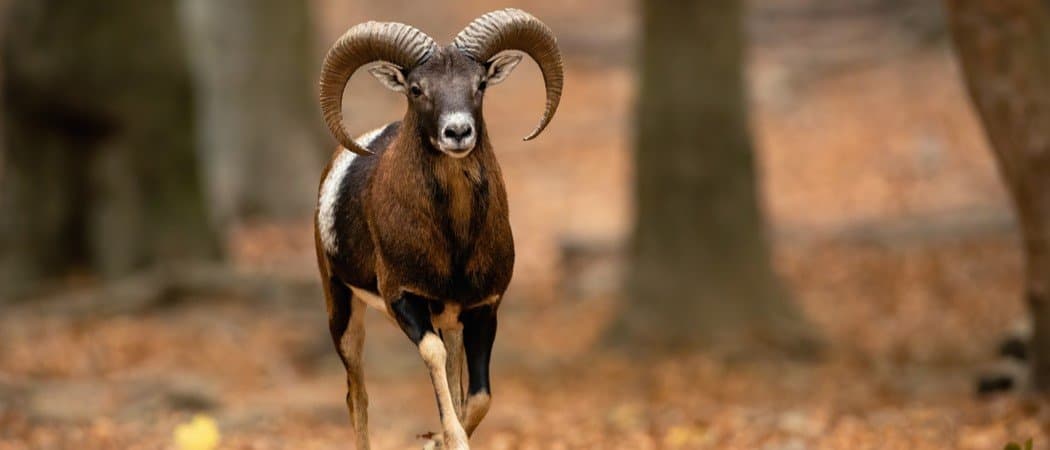
The National Animal of Cyprus is a type of sheep, and it is the largest mammal on the island.
©WildMedia/Shutterstock.com
The National Animal of Cyprus is the Cypriot Mouflon, also known as the Agrino or Cyprus Mountain Goat. The Mouflon is a unique species of sheep (scientific name Ovis gmelini ophion). Native to Cyprus, it may be the ancestor of all modern domestic sheep breeds.
Where To Find The Top Wild Animals in Cyprus
The best parts of Cyprus to find wildlife are on the hiking trails of Troodos and Paphos. There are many unique animals found in the forests and mountains, including several snakes and the native mammal the Mouflon.
Cyprus has the Municipal Zoo in Limassol, the Melios Zoo, and the Pafos Zoo, which is the oldest and largest. This zoo houses birds and animals from all over the world and has one of the largest colletions of parrots and venomous snakes in Europe.
Most Dangerous Animals
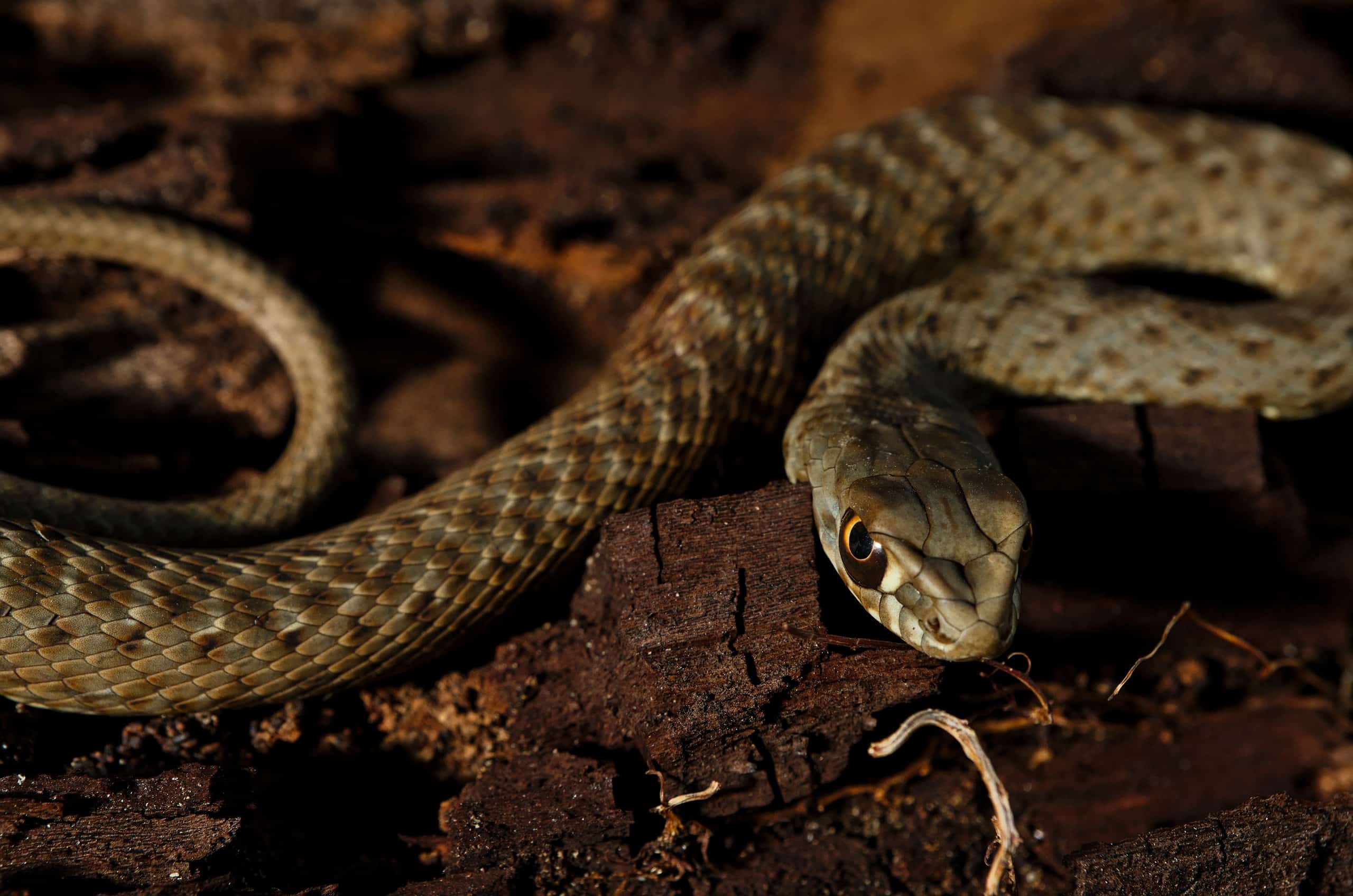
Although it looks incredibly fierce, the Montpellier Snake has a very nonthreatening nature.
©iStock.com/AngeloDeVal
The most dangerous wildlife in Cyprus are three of its eight species of snakes. A bite from either of the first two of the following may be fatal for adults, but recorded attacks on humans for any of the three are rare to nonexistent:
- Blunt Nosed Viper, also known as the Levantine viper, this snake is the largest venomous snake in Europe.
- Montpellier Snake grows up to 7 feet long and eats lizards. It is not really dangerous, but it has very fierce eyes that scare people.
- European Cat Snake whose name comes from its cat-like eyes. The cat snake’s pupils will change shape depending on the time of the day. When it is daytime, their pupils will contact into narrow slits that keep out most of the light. During the nighttime, the pupils will expand into a circle and let in more light.
Endangered Animals
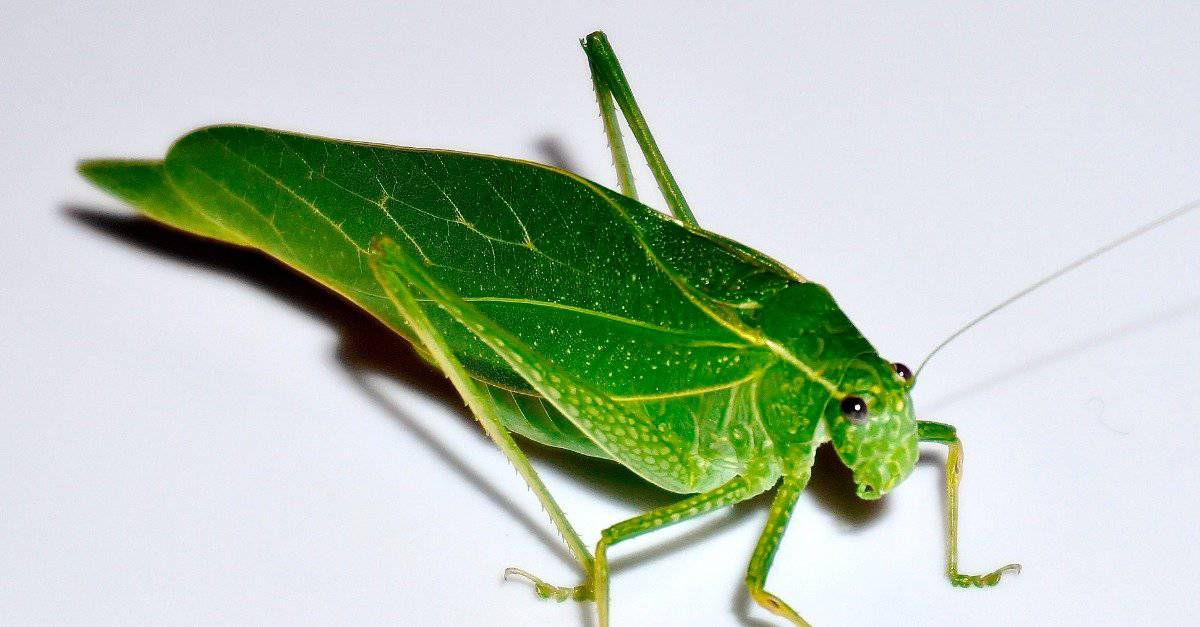
Katydids are also called bush-crickets. Two species of them on cyprus are endangered.
©iStock.com/Garrett Rymer
Of all the species found in Cyprus, nine percent are considered endangered. Though most people don’t think of insects when they consider animals on the verge of being extinct, they are near the top of the list for Cyprus. The endangered species include:
- Cyprus Whip Snakes is a non-poisonous gray or blake snake with white lines on half its body. It is a rare species that is endemic to only certain areas of Cyprus.
- Two species of Bush-Crickets, better known as Katydids. While resting during the day, the green Katydids disguise themselves as leaves to avoid predators.
- Slender Stone Grasshopper or Slender Burroughing Grasshopper is a species of bandwing grasshoppers that live in many dry open habitats with bare ground, such as Mediterranean shrubland.
Rarest
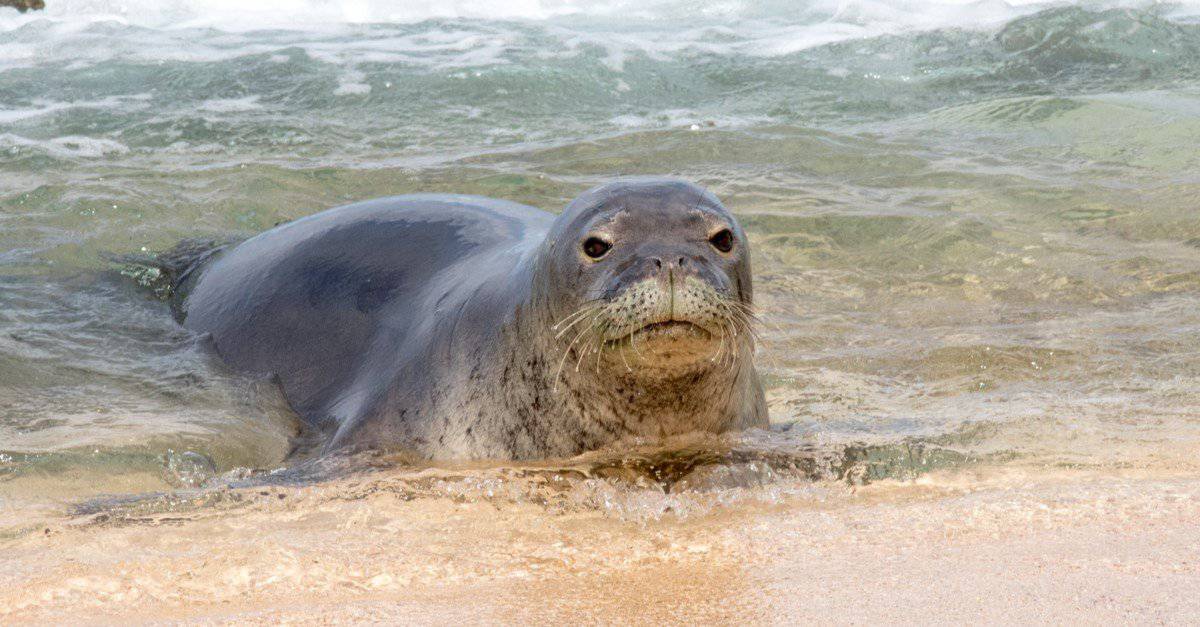
The endangered Hawaiian monk seal is a close relative of the endangered Mediterranean monk seal.
©Lorraine Logan/Shutterstock.com
The Monk Seal is the most endangered marine mammal species in the Mediterranean and one of the rarest species in the world! Fewer than 700 of them are in the Mediterrenean Sea, and 19 of them are currently living along the coast of Cyprus. There are three species of Monk Seals: the Mediterranean monk seal (Monachus monachus), the Hawaiian monk seal (Neomonachus schauinslandi), and the Caribbean monk seal (N. tropicalis), which became extinct in the 20th century.
Largest
The largest mammal in Cyprus is the same as the national animal of Cyrus: the Cypriot Mouflon. Cyprus is an island, after all, so there’s not much room for anything bigger. Mouflon relatives elsewhere are larger, but “island dwarfism” affected the species on Cyprus.
The Mouflon has short-haired coats of reddish-brown with some white patches. Males might have dark stripes in places. The males are horned; some females are, some aren’t. The horns of mature rams are curved almost one full revolution (up to 33 inches). Mouflon have shoulder heights of around 35 inches and body weights of 110 lbs. (males) and 77 lbs. (females).
Flag
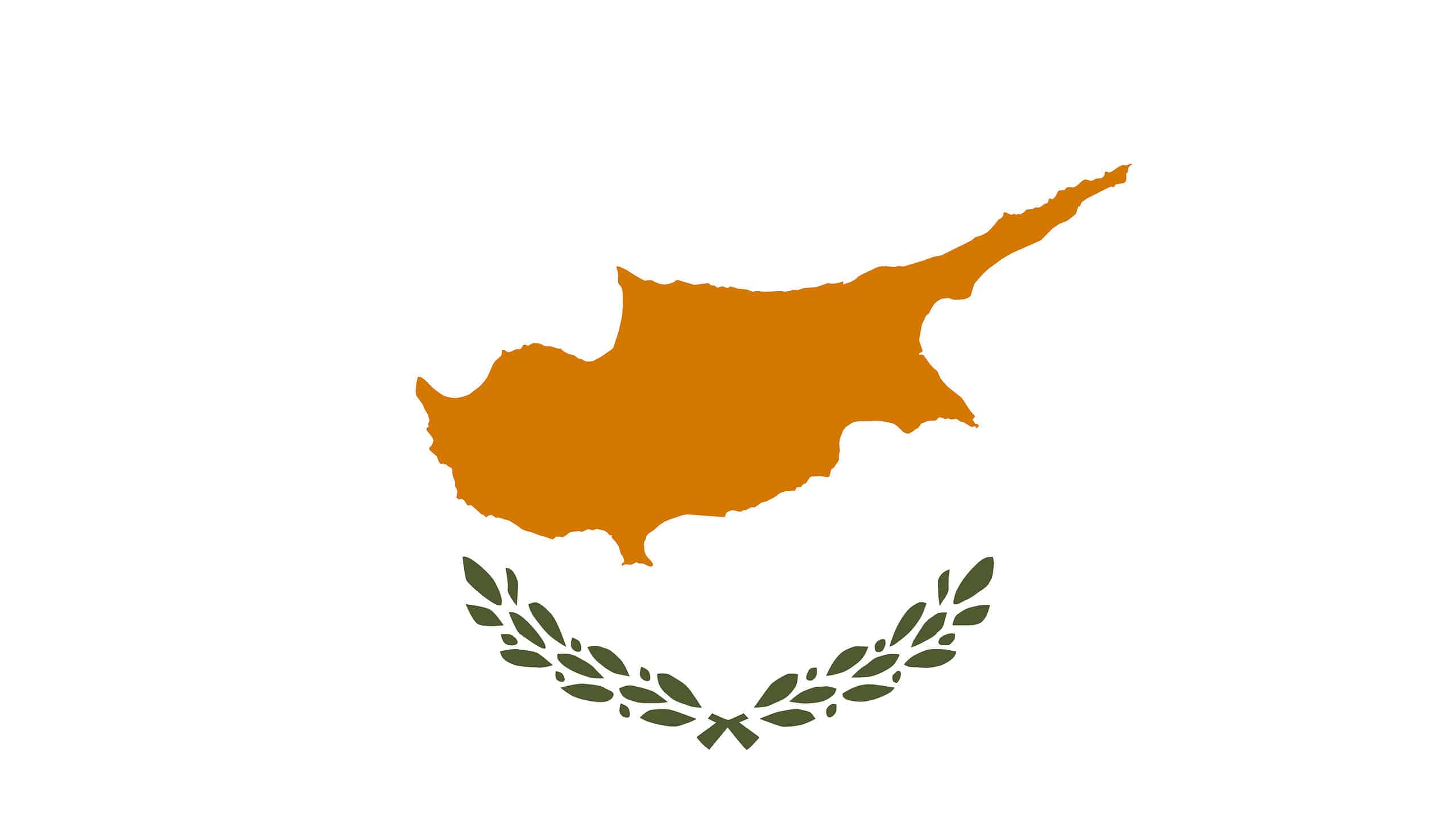
The Flag of Cyprus with the map of the whole island at its center..
©Jo Best/Shutterstock.com
The flag of Cyprus consists of a white field, with the map of the whole island at the center and two olive branches below the map. The white field on Cyprus’s flag represents the island’s tranquility and peace. The country’s map is a copper-orange color, which signifies the area’s huge deposits of copper ore. There are two green olive branches below the country’s map which symbolizes peace between the two communities on the island – Turkish Cypriots and Greek Cypriots.
Cypriot Animals
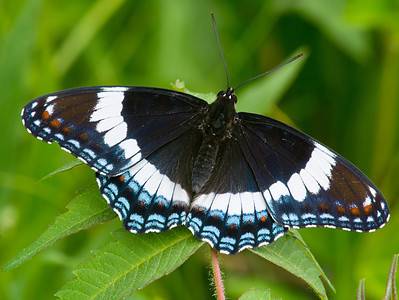
Admiral Butterfly
Stunningly beautiful wings

Ant
First evolved 100 million years ago!

Armyworm
They are so named because they "march" in armies of worms from one crop to another in search of food
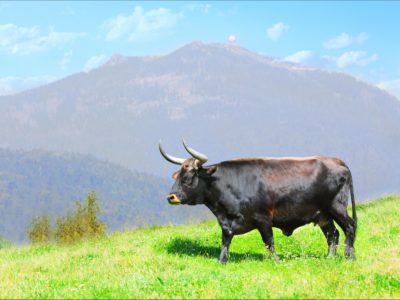
Aurochs
Extinct ancestor of all domesticated cattle!
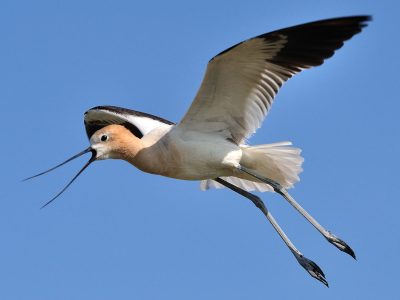
Avocet
Has a curved, upturned beak!
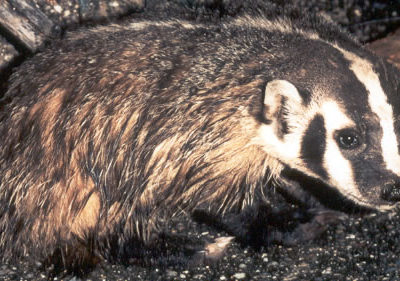
Badger
Can reach speeds of 30 km/h!

Barn Owl
Found everywhere around the world!

Barn Swallow
Older offspring help care for new hatchlings.

Bat
Detects prey using echolocation!

Bed Bugs
Bed bugs feed for 4-12 minutes.

Bee
Rock paintings of bees date back 15,000 years

Beetle
There are more than 350,000 different species

Beewolf wasp
They hunt bees

Bird
Not all birds are able to fly!

Biscuit Beetle
The biscuit beetle form a symbiotic relationship with yeast

Black Widow Spider
They typically prey on insects!

Brown Dog Tick
Can live its entire life indoors

Bumblebee
The most common species of bee!

Butterfly
There are thought to be up 17,500 species!
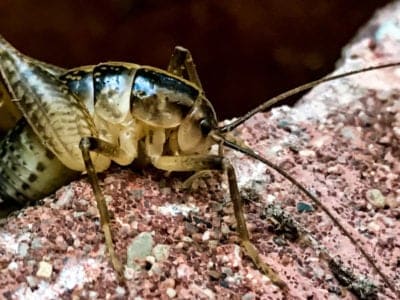
Camel Cricket
The camel crickets that are found in the USA are light brown in color. They also have dark streaks all over their body.

Carpenter Ant
Carpenter ants can lift up to seven times their own weight with their teeth!

Cat
May have been domesticated up to 10,000 years ago.

Caterpillar
The larvae of a moth or butterfly!

Catfish
There are nearly 3,000 different species!

Centipede
There are about 3,000 documented species!
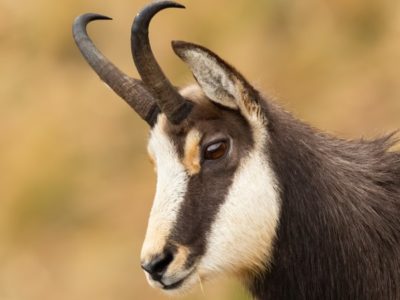
Chamois
Natively found in the European mountains!

Chicken
First domesticated more than 10,000 years ago!

Cockroach
Dated to be around 300 million years old!

Codling Moth
Pupae are able to undergo diapause to survive poor fruit yield years and winter.
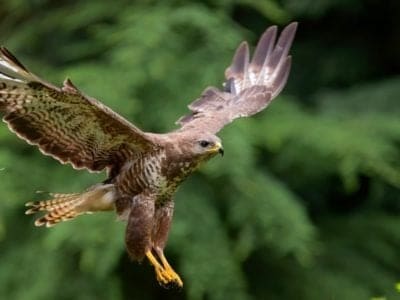
Common Buzzard
The most common raptor in the UK!
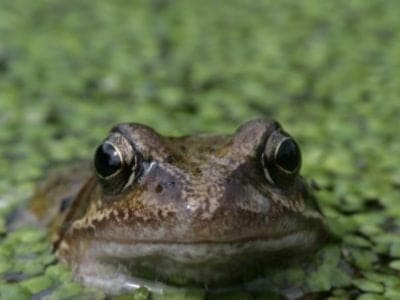
Common Frog
Found throughout the European continent!

Common Furniture Beetle
The common furniture beetle feeds exclusively on wood

Common House Spider
House spiders have the ability to eat most insects in a home.
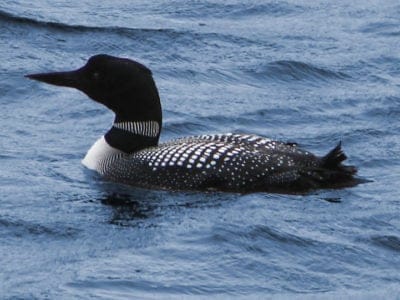
Common Loon
Also known as the Great Northern Diver

Common Raven
A group of ravens is called an unkindness or a conspiracy.
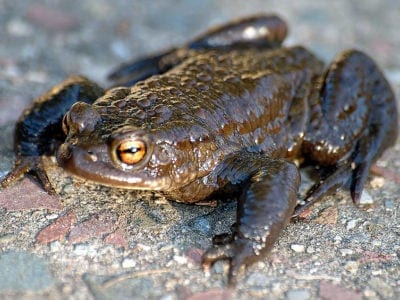
Common Toad
Most active in wet weather!

Cormorant
They can fly 35 mph and dive 150 feet below water.

Cow
There are nearly 1.5 billion worldwide!

Crab
There are 93 different crab groups

Crab Spider
Crab Spiders can mimic ants or bird droppings
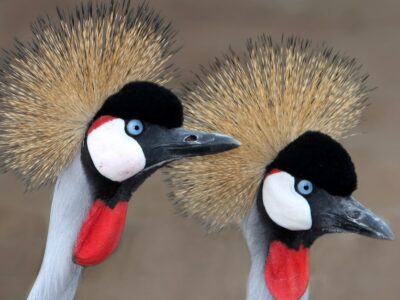
Crane
Many are critically endangered species!

Cricket
Male crickets can produce sounds by rubbing their wings together

Crow
A group of these birds is called a Murder.

Deer
There are around 40 different species!

Dog
First domesticated in South-East Asia!

Dog Tick
Dog ticks feed on dogs and other mammals

Donkey
First domesticated 5,000 years ago!

Dragonfly
It's larvae are carnivorous!

Dried Fruit Moth
In the event of adverse environmental conditions, dried fruit moth larvae will become dormant and stop developing.

Duck
Rows of tiny plates line their teeth!

Dung Beetle
The dung beetle can push objects many times its own weight
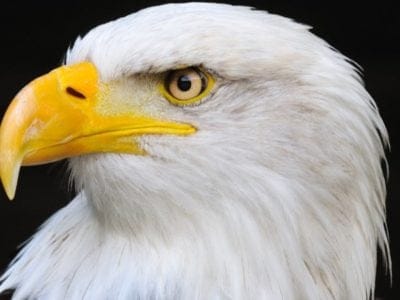
Eagle
Has exceptional eyesight!

Earthworm
They are hermaphrodites, which means they have male and female organs

Earwig
There are nearly 2,000 different species!
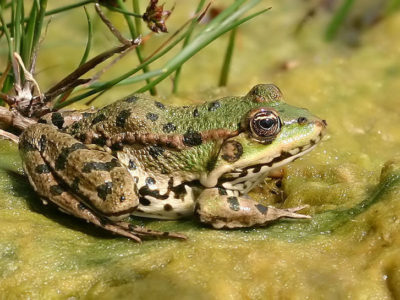
Edible Frog
Are known to guard the muddy banks!

Eel
Eels can be a mere few inches long to 13 feet!
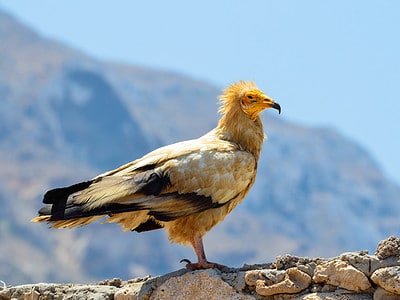
Egyptian Vulture
They steal large ostrich eggs and use rocks and pebbles to crack the shells.
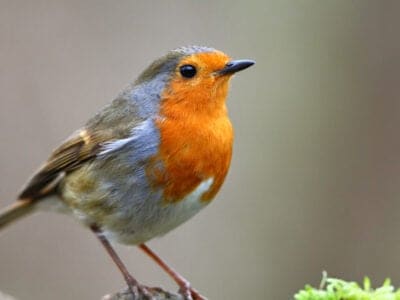
European Robin
Male robins are so aggressive and territorial that they will attack their own reflections.

Falcon
The fastest creatures on the planet!

False Widow Spider
False spiders actually prey on black widow spiders and other hazardous spiders
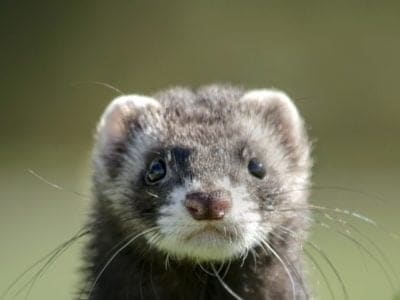
Ferret
Ferrets can be trained to do tricks like dogs!
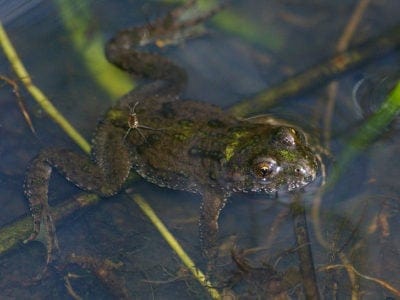
Fire-Bellied Toad
Found across mainland Europe and Asia!

Firefly
The firefly produces some of the most efficient light in the world

Flea
Adult fleas can jump up to 7 inches in the air

Fly
There are more than 240,000 different species!
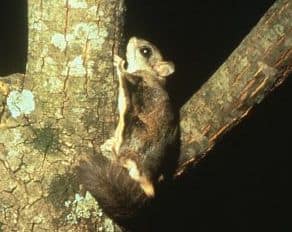
Flying Squirrel
Can glide up to 90 meters!
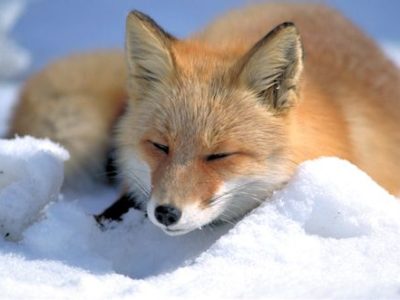
Fox
Only 12 species are considered "true foxes"

Frog
There are around 7,000 different species!

Fruit Fly
Fruit flies are among the most common research animals in the world

German Cockroach
The most common type of urban roach
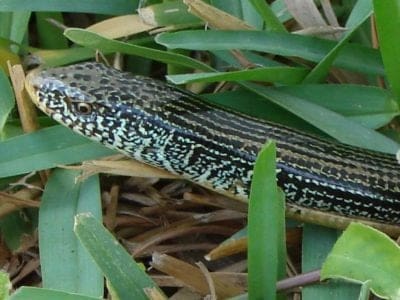
Glass Lizard
Can grow up to 4ft long!

Glowworm
Found inhabiting dense woodland and caves!

Gnat
Males form large mating swarms at dusk

Goat
Most closely related to the Sheep!
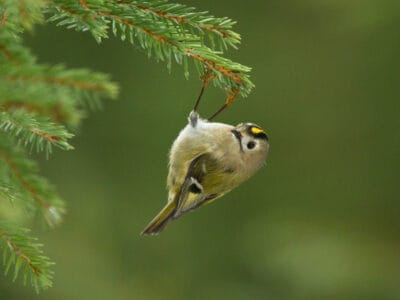
Goldcrest
The goldcrest never starts moving and needs to consume for most of the day to survive. Therefore, in the colder months, it's best that eat 90% a day.
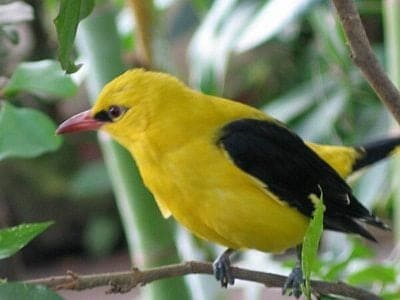
Golden Oriole
Migrates between Europe and Asia!
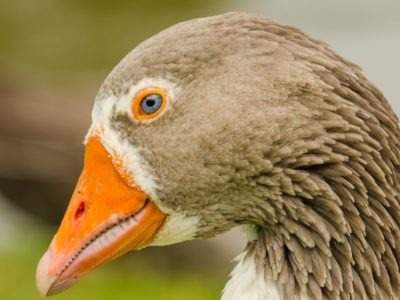
Goose
There are 29 different species!

Grasshopper
There are 11,000 known species!
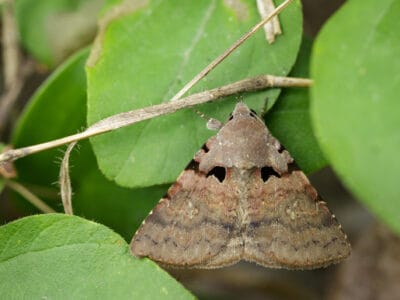
Gypsy Moth
One of the most invasive species in the world

Hamster
Able to run as quickly backwards as forwards!

Hare
Can reach speeds of over 50 mph!

Hawk Moth Caterpillar
Many hawk moth caterpillars eat toxins from plants, but don’t sequester them the way milkweed butterflies do. Most toxins are excreted.
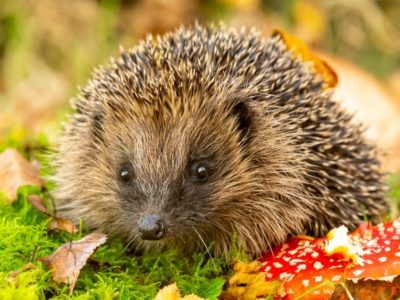
Hedgehog
Thought to be one of the oldest mammals on Earth!

Heron
Inhabits wetlands around the world!
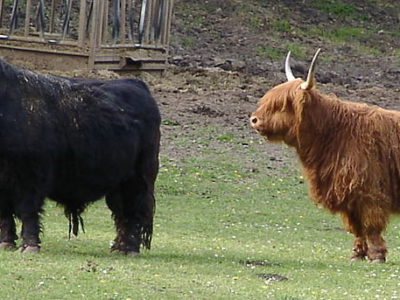
Highland Cattle
Natively found in the Scottish Highlands!

Honey Bee
There are only 8 recognized species!
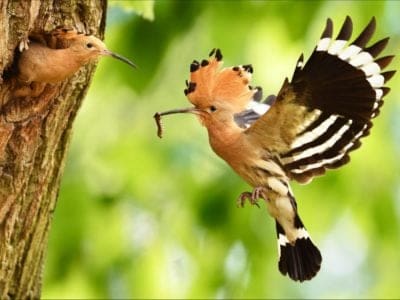
Hoopoe
Stunning bird with a stinky way to deter predators!

Horse
Has evolved over 50 million years!

Horsefly
Horseflies have been seen performing Immelmann turns, much like fighter jets.

Housefly
The fly has no teeth

Human
Thought to have orignated 200,000 years ago!

Huntsman Spider
Some huntsman spiders have an interesting way of moving around. Some cartwheel while others do handsprings or backflips.

Insects
There are an estimated 30 million species!

Jumping Spider
Some can jump 50 times the length of their bodies

Kingfisher
Inhabits wetlands and woodlands worldwide!

Ladybug
There are more than 5,000 species worldwide!

Leech
Has 10 pairs of eyes!
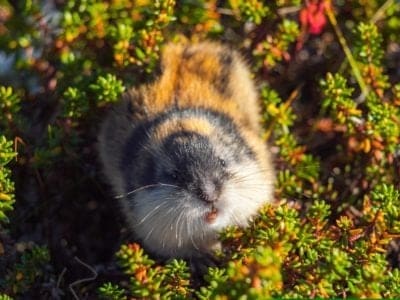
Lemming
Does not hibernate during the bitter Arctic winter!
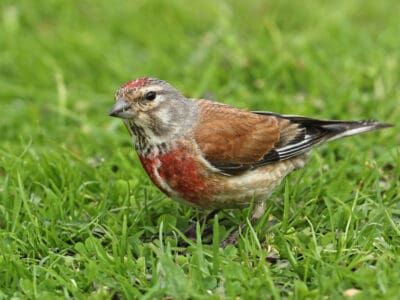
Linnet
While linnets are monogamous during mating season, they do not mate for life. While breeding pairs are together, the males are highly territorial and will defend the nesting site and the surrounding area.

Lizard
There are around 5,000 different species!
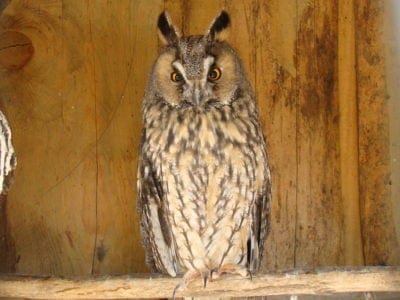
Long-Eared Owl
Ear tufts make it look bigger!
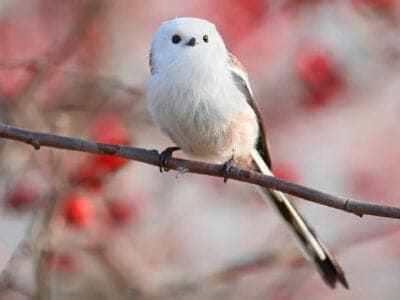
Long-Tailed Tit
Often hangs upside down while feeding!
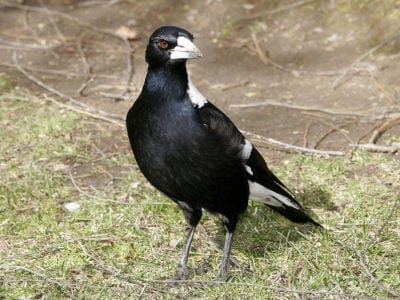
Magpie
They are found across Europe, Asia and Africa!

Marsh Frog
Has bright green skin!

Mayfly
There are 2,500 known species worldwide!

Mealybug
They have a symbiotic relationship with ants.

Millipede
Some species have a poisonous bite!

Mole
Primarily hunts and feeds on Earthworms!

Mole Cricket
Adult Mole crickets may fly as far as 5 miles during mating season and are active most of the year.

Mongrel
Has characteristics of two or more breeds!

Moorhen
Feeds on aquatic insects and water-spiders!

Mosquito
Only the female mosquito actually sucks blood

Moth
There are 250,000 different species!

Mouse
Found on every continent on Earth!

Mule
The offspring of a horse and donkey parents!

Neanderthal
Roamed Asia and Europe for around 100,000 years!

Nematode
Nematodes range in size from 1/10 of an inch to 28 feet long
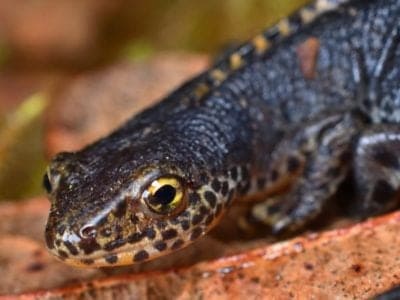
Newt
Able to regrow lost or damaged limbs!

Nightingale
Named more than 1,000 years ago!
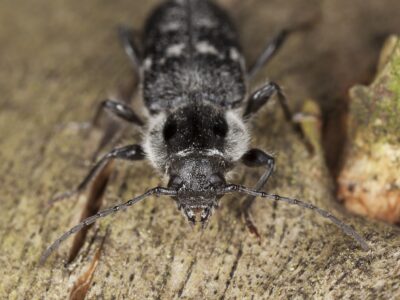
Old House Borer
Depending on the habitat and climate, these beetles can live between 2 to 10 years, often staying in their larval stage for several years, making them extremely dangerous to wooden structures.
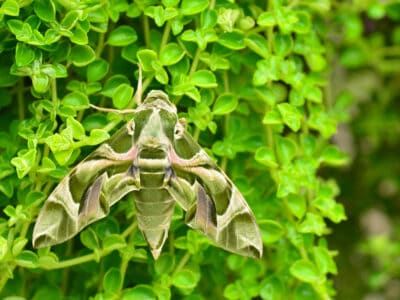
Oleander Hawk Moth
Oleander hawk moth caterpillars feed on the foliage of oleander, an extremely toxic plant to which they are immune.

Orb Weaver
Females are about four times the size of males

Osprey
They reuse nesting sites for 70 years!

Otter
There are 13 different species worldwide

Owl
The owl can rotate its head some 270 degrees

Pheasant
Females lay between 8 and 12 eggs per clutch!
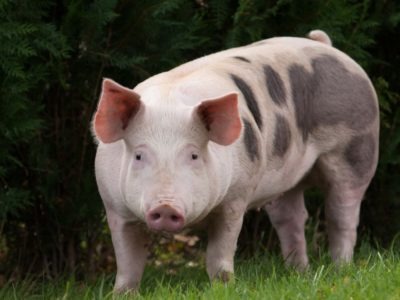
Pig
Thought to have been domesticated in 9,000 BC!

Pigeon
They can find their way back to their nests from up to 1300 miles away.
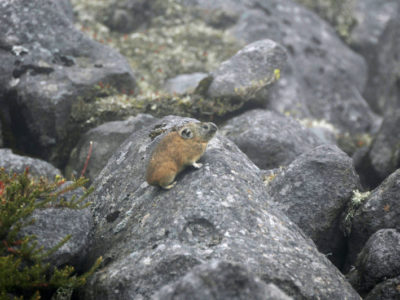
Pika
Found in mountainous regions and rocky areas
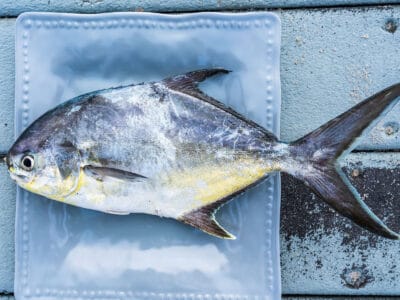
Pompano Fish
They are bottom-feeders

Pond Skater
There are 500 different species!
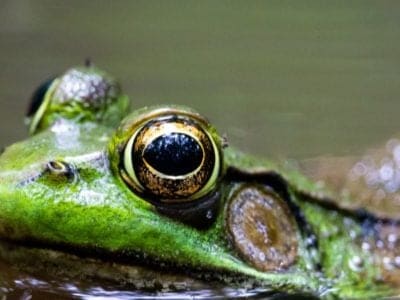
Pool Frog
The rarest amphibian in the UK!
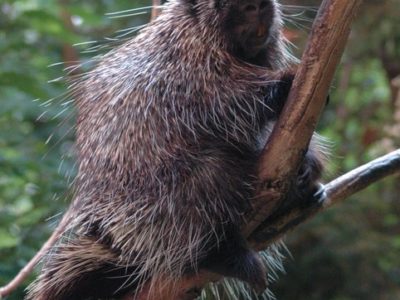
Porcupine
There are 30 different species worldwide!
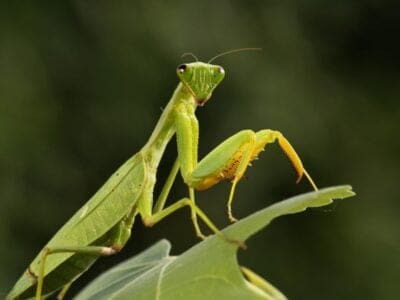
Praying Mantis
The mantis can turn its head 180 degrees.

Purple Emperor Butterfly
Inhabits deciduous forests!
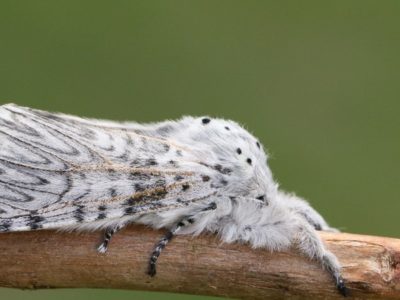
Puss Moth
Caterpillars squirt formic acid!

Quail
Inhabits woodland and forest areas worldwide!
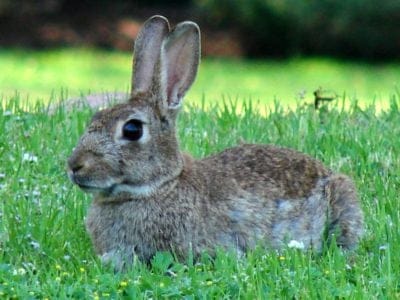
Rabbit
There are more than 300 different species!
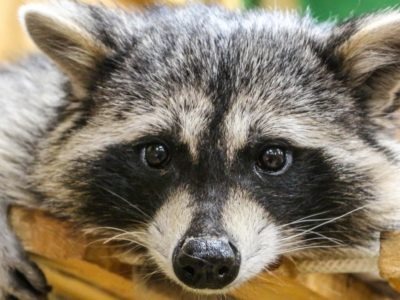
Raccoon
Known to wash their food before eating it!
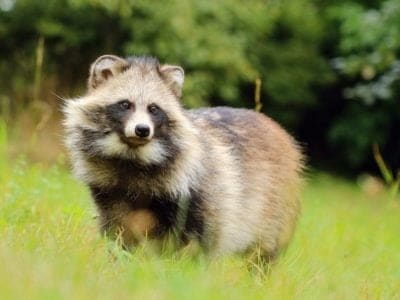
Raccoon Dog
The only hibernating canine!

Rat
Omnivores that eat anything!
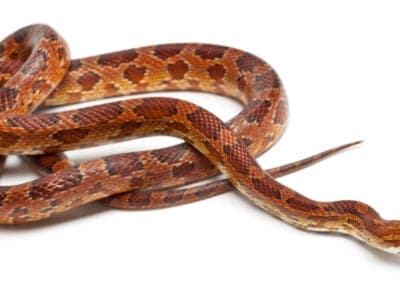
Rat Snakes
Rat snakes are constrictors from the Colubridae family of snakes.

River Turtle
Inhabits freshwater habitats around the world!
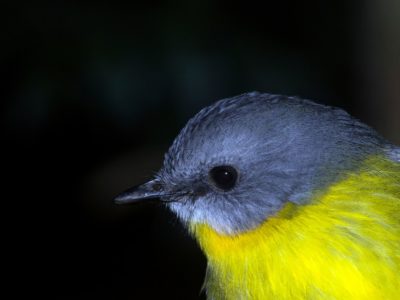
Robin
There are more than 45 species in Australia alone!

Rodents
The capybara, the world’s largest rodent, likes to be in and around bodies of water. Because of this, the Catholic Church in South America decided that it was a fish, and people were allowed to eat it during Lent and First Fridays.

Rooster
Will mate with the entire flock!

Sable Ferret
Ferrets were used during the Revolutionary War to keep down the rat population.
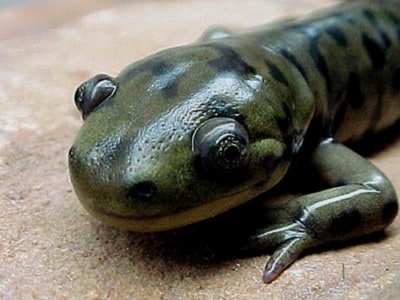
Salamander
There are more than 700 different species!
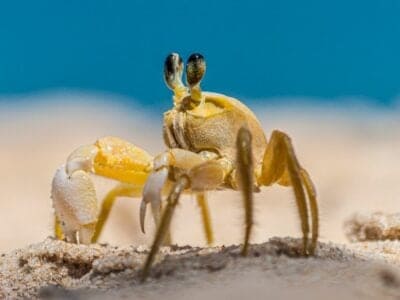
Sand Crab
The sand crab burrows beneath the sand with its tail

Sand Lizard
Males turn green in spring!

Scorpion
There are around 2,000 known species!

Sea Eagle
The sea eagle tends to mate for life with a single partner

Seahorse
Males give birth to up to 1,000 offspring!

Sheep
Around 35 million in the English countryside!
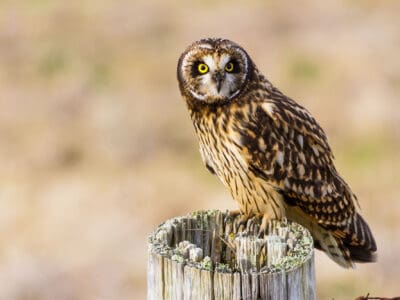
Short-Eared Owl
The short-eared owl is one of the most widespread owl species in the world, covering five continents.

Shrew
The spinal column of the shrew Scutisorex somereni is so strong and reinforced that it can support the weight of an adult human.

Shrimp
There are 2,000 different species worldwide!

Skink Lizard
Some skinks lay eggs in some habitats while giving birth to skinklets in other habitats.
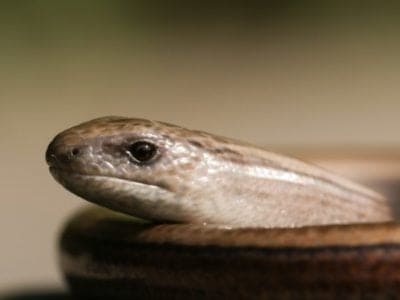
Slow Worm
Found widely throughout British gardens!

Slug
They glide around on one foot, which is aided by the slime they produce

Smokybrown Cockroach
Has up to 45 eggs per egg case

Snail
There are nearly 1,000 different species!

Snake
There are around 4,000 known species worldwide
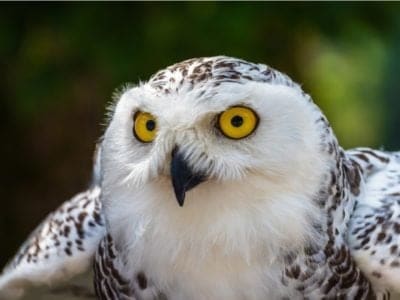
Snowy Owl
One of the largest owl species in the world!
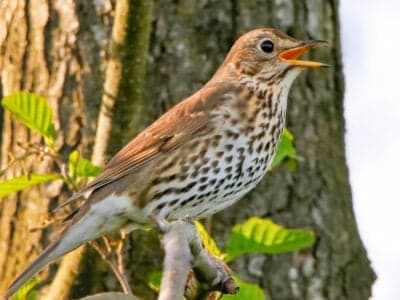
Song Thrush
A male song thrush can have over 100 phrases in his repertoire of songs and can imitate pet birds, telephones and other man-made objects.
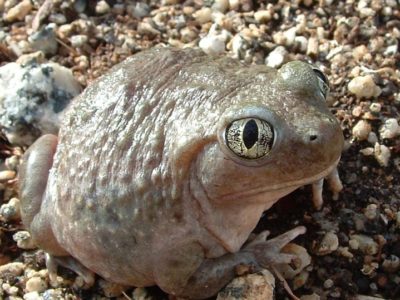
Spadefoot Toad
They spend most of their time underground!

Sparrow
There are 140 different species!

Spider Wasp
They prey on spiders to feed their larvae or they parasitize other spider wasps.

Squirrel
Small rodents found in woodlands worldwide!

Stick Insect
There are more than 3,000 different species!
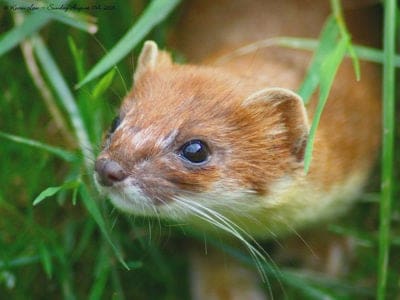
Stoat
Average adults weigh about 200 grams!

Stork
They can’t sing like other birds.

Swan
Populations have been affected by pollution!

Tawny Owl
The most widespread owl in Europe!

Termite
Their mounds can be up to 9 meters tall!
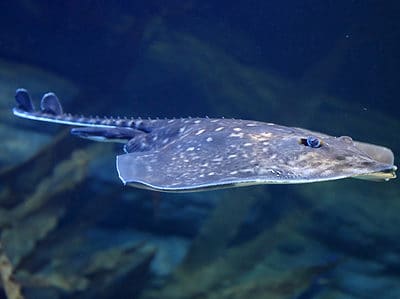
Thornback Ray
The skate with the biggest spines!

Tick
They inject hosts with a chemical that stops them from feeling the pain of the bite

Tiger Beetle
The adult tiger beetle is one of the fastest land insects in the world
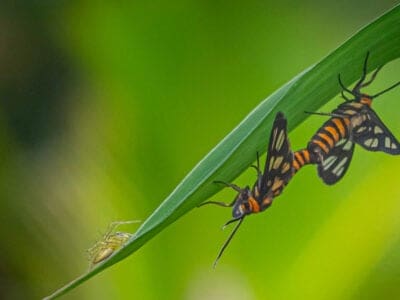
Tiger Moth
The bright colors of this moth are a signal to predators that it has a terrible taste.

Tree Frog
Found in warmer jungles and forests!

Turtles
Some species of aquatic turtles can get up to 70 percent of their oxygen through their butt.
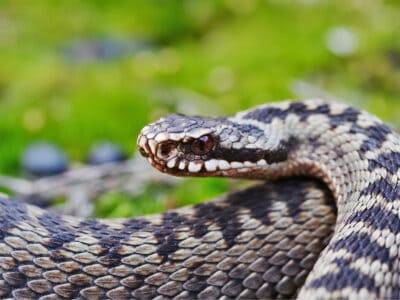
Viper
Vipers are one of the most widespread groups of snakes and inhabit most

Vulture
There are 30 different species worldwide!

Wasp
There are around 75,000 recognised species!
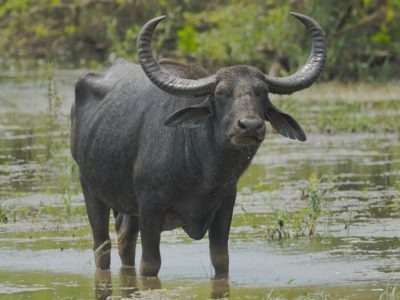
Water Buffalo
Has been domesticated for thousands of years!
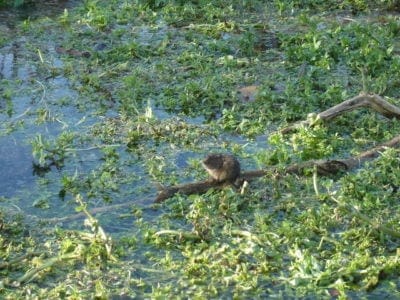
Water Vole
The largest Vole species in the UK!

Weasel
The smallest carnivorous mammal in the world!

White Ferret / Albino Ferrets
There are two different types of white ferrets!
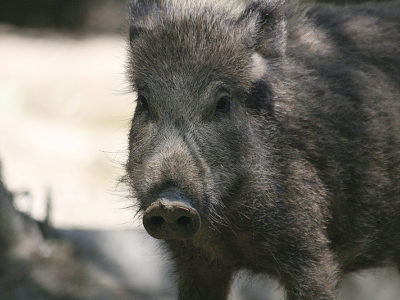
Wild Boar
Males have a top tusk to sharpen the bottom one!
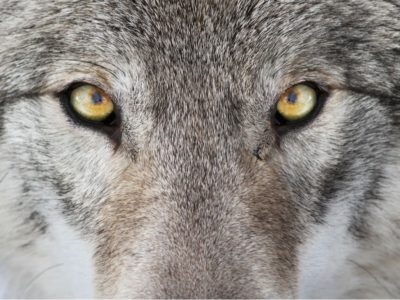
Wolf
Thought to date back more than 300,000 years!

Wolf Spider
Carnivorous arachnid that hunts its prey.

Woodlouse
This animal can roll up into a ball
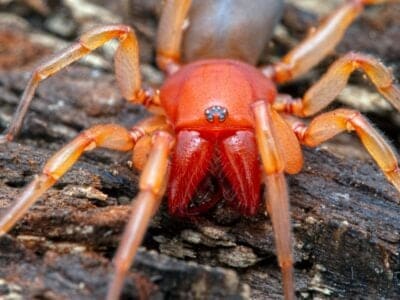
Woodlouse Spider
Unlike most spiders, woodlouse spiders don’t build a web.

Woodpecker
There are 200 different species!

Worm
Doesn’t have eyes.
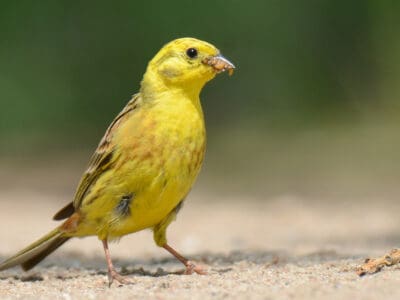
Yellowhammer
It interbreeds with the pine bunting
Cypriot Animals List
- Admiral Butterfly
- Ant
- Armyworm
- Aurochs
- Avocet
- Badger
- Barn Owl
- Barn Swallow
- Bat
- Bed Bugs
- Bee
- Beetle
- Beewolf wasp
- Bird
- Biscuit Beetle
- Black Widow Spider
- Brown Dog Tick
- Bumblebee
- Butterfly
- Camel Cricket
- Carpenter Ant
- Cat
- Caterpillar
- Catfish
- Centipede
- Chamois
- Chicken
- Cockroach
- Codling Moth
- Common Buzzard
- Common Frog
- Common Furniture Beetle
- Common House Spider
- Common Loon
- Common Raven
- Common Toad
- Cormorant
- Cow
- Crab
- Crab Spider
- Crane
- Cricket
- Crow
- Cuckoo
- Deer
- Dog
- Dog Tick
- Donkey
- Dormouse
- Dragonfly
- Dried Fruit Moth
- Duck
- Dung Beetle
- Eagle
- Earthworm
- Earwig
- Edible Frog
- Eel
- Egyptian Vulture
- European Robin
- Falcon
- False Widow Spider
- Ferret
- Fire-Bellied Toad
- Firefly
- Flea
- Fly
- Flying Squirrel
- Fox
- Frog
- Fruit Fly
- German Cockroach
- Glass Lizard
- Glowworm
- Gnat
- Goat
- Goldcrest
- Golden Oriole
- Goose
- Grasshopper
- Gypsy Moth
- Hamster
- Hare
- Hawk Moth Caterpillar
- Hedgehog
- Heron
- Highland Cattle
- Honey Bee
- Hoopoe
- Horse
- Horsefly
- Housefly
- Human
- Huntsman Spider
- Insects
- Jumping Spider
- Kingfisher
- Ladybug
- Leech
- Lemming
- Linnet
- Lizard
- Long-Eared Owl
- Long-Tailed Tit
- Magpie
- Marsh Frog
- Mayfly
- Mealybug
- Millipede
- Mole
- Mole Cricket
- Mongrel
- Moorhen
- Mosquito
- Moth
- Mouse
- Mule
- Neanderthal
- Nematode
- Newt
- Nightingale
- Old House Borer
- Oleander Hawk Moth
- Orb Weaver
- Osprey
- Otter
- Owl
- Pheasant
- Pig
- Pigeon
- Pika
- Pike Fish
- Pompano Fish
- Pond Skater
- Pool Frog
- Porcupine
- Praying Mantis
- Purple Emperor Butterfly
- Puss Moth
- Quail
- Rabbit
- Raccoon
- Raccoon Dog
- Rat
- Rat Snakes
- River Turtle
- Robin
- Rodents
- Rooster
- Sable Ferret
- Salamander
- Sand Crab
- Sand Lizard
- Scorpion
- Sea Eagle
- Seahorse
- Sheep
- Short-Eared Owl
- Shrew
- Shrimp
- Skink Lizard
- Slow Worm
- Slug
- Smokybrown Cockroach
- Snail
- Snake
- Snowy Owl
- Song Thrush
- Spadefoot Toad
- Sparrow
- Spider Wasp
- Squirrel
- Stick Insect
- Stoat
- Stork
- Swallowtail Butterfly
- Swan
- Tawny Owl
- Termite
- Thornback Ray
- Tick
- Tiger Beetle
- Tiger Moth
- Tree Frog
- Turtles
- Viper
- Vulture
- Wasp
- Water Buffalo
- Water Vole
- Weasel
- White Ferret / Albino Ferrets
- Wild Boar
- Wolf
- Wolf Spider
- Woodlouse
- Woodlouse Spider
- Woodpecker
- Worm
- Yellowhammer
Animals in Cyprus FAQs (Frequently Asked Questions)
What animals live in Cyprus?
Cyprus is home to hedgehogs, porcupines, eagles, snakes, spiders, and many other animals, including the national animal, the Mouflon. There once was a unique species of pygmy hippo, but it went extinct long ago.
What is the most dangerous animal in Cyprus?
The most dangerous animal in Cyprus is either the Blunt Nosed Viper or the Montpellier Snake. A bite from either one can be fatal for an adult human.
Are there deer in Cyprus?
There are deer known as Dama dama mesopotamia on the island of Cyprus.
Are there Scorpions in Cyprus?
Yes, there are! Cyprus has an endemic, or native, species of scorpion known as the Cyprus Scorpion (Mesobuthus cyprius). There has previously been debate over whether two other species are found there, but the common conclusion seems to be that the other two were actually misidentified Cyprus Scorpions, or otherwise are extinct on the island.




